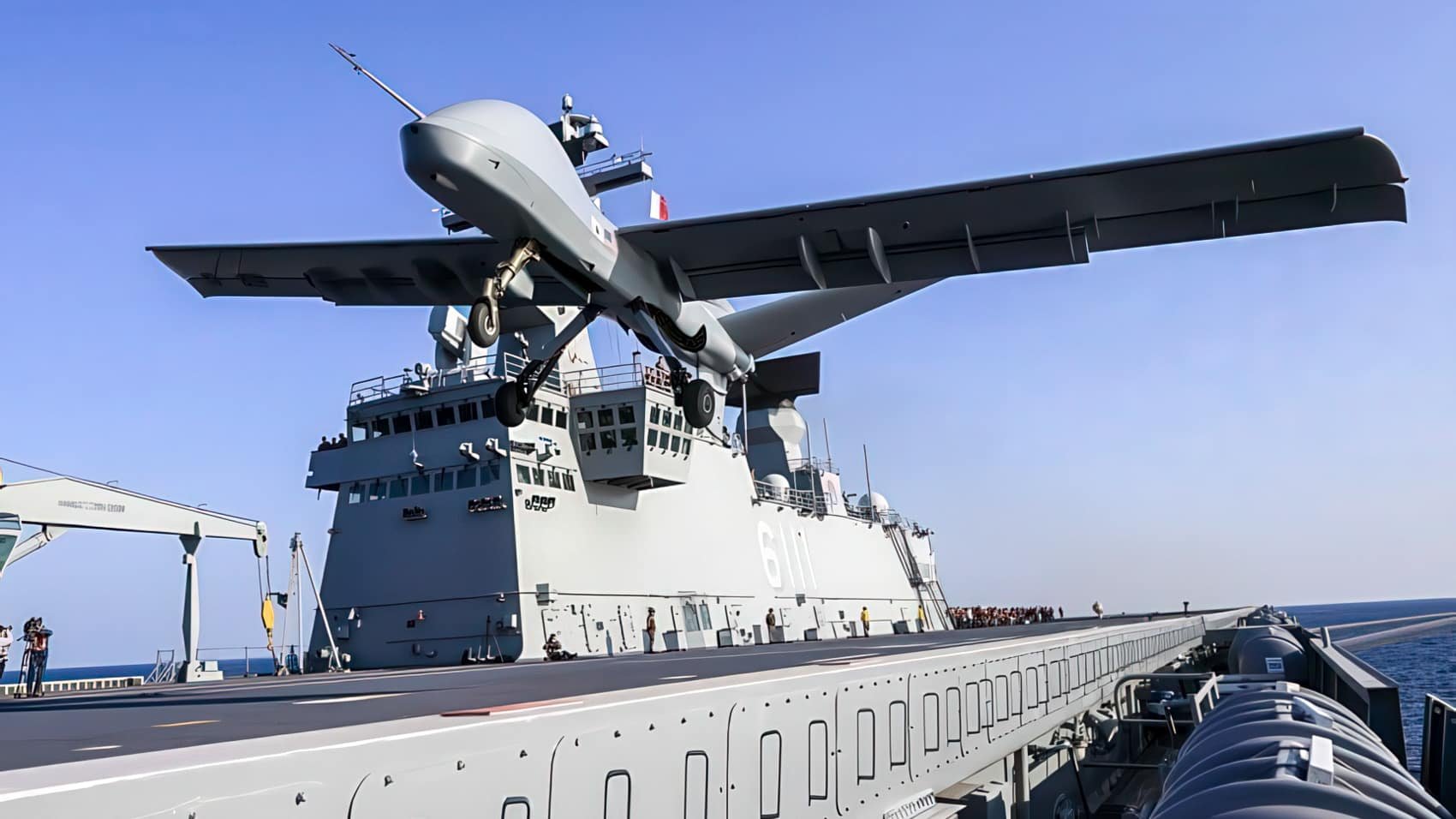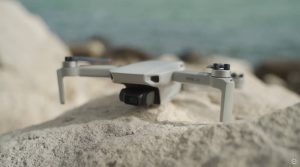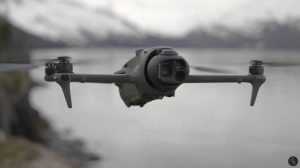South Korea’s Revolutionary Drone Carrier Fleet: Shaping the Future of Naval Strength
Imagine if Iron Man captained a ship—it might resemble the innovative fleet South Korea is currently developing. This significant shift centers on drones as the primary players in naval dominance, replacing traditional jet fighters. Let’s delve into South Korea’s strategic plan to establish a fleet of drone carriers and its implications for Asia and globally.
Why Drones? Understanding South Korea’s Strategic Move
The classic image of large aircraft carriers with numerous fighter jets has long symbolized naval power. Yet, factors such as budget constraints, technological advancements, and evolving threats have prompted a reevaluation of this approach. South Korea’s response embraces drones, which offer extensive reach, versatility, cost efficiency, and reduced risk to personnel. Given the tense geopolitical environment of the Korean peninsula with North Korean advancements and regional innovation races, South Korea is leveraging unmanned systems as a strategic advantage.
Exploring the Drone Carrier Concept
A drone carrier encompasses more than an upgraded aircraft carrier; it is specifically crafted to manage unmanned aerial, surface, and subsurface vehicles (UAVs, USVs, and UUVs). These carriers can orchestrate offensive actions, intelligence gathering, and reconnaissance without endangering pilots.
Key Distinctions:
| Classic Aircraft Carrier | Drone Carrier (Planned) |
|---|---|
| Manned fighter jets (e.g., F-35) | Combat, reconnaissance, & kamikaze drones |
| Requires over 1,000 crew | Reduced crew, enhanced automation |
| Substantial per-flight expenses | Diminished per-sortie expenses |
| Human pilot losses pose risks | Risk transferred to machines |
| Utilizes conventional runways and catapults | Emphasizes VTOL pads and modular hangars |
Centerpiece of the Fleet: South Korea’s Unmanned Command Ship
The flagship is the ‘Multi-purpose Unmanned Manned Integrated Command Ship,’ termed ‘Ghost Commander-II’ by military insiders.
Key Attributes:
- Displacement: Approximately 30,000 tons, comparable to traditional amphibious assault ships.
- Payload: Comprises combat drones, reconnaissance UAVs, loitering munitions, and support helicopters.
- Command & Control: Features advanced AI-powered coordination and real-time battlefield networking.
- Mission Versatility: Allows for precision strikes, anti-submarine warfare, logistics, and disaster relief through unmanned operations.
This concept is propelled by notable figures like Hyundai Heavy Industries, a leader in shipbuilding, paving the way for significant advancements.
Transformation from Manned to Unmanned Dominance
Initially, the ambition lay with the CV-X light aircraft carrier designed for the F-35B stealth fighters. However, by 2024, due to high costs and technological innovations in AI and remote operations, the focus shifted to drones.
A drone-oriented strategy greatly enhances naval adaptability, showcasing modular payloads and swift upgrades, aligning with trends set by Turkey and China.
Understanding South Korean Drone Innovations
South Korea boasts a formidable defense sector, featuring entities like Korea Aerospace Industries (KAI) and Hanwha.
1. Stealth Naval UCAVs – The Ghost Commander Fleet
KAI is advancing carrier-compatible stealth UCAVs with enhanced launch and landing capabilities, capable of long-range missions from sea platforms.
2. Drone Swarms and Loitering Munitions
South Korea explores FPV drone swarms for overwhelming attacks and kamikaze drones lingering for precise strikes.
3. Unmanned Surface and Subsurface Vehicles
HHI’s stealth frigates feature laser weaponry and facilities for UAV launches, bolstering integrated defense systems.
Strategic Impact and Broader Applications
Deterrence and Power Projection
South Korea’s unmanned naval fleet aims for deterrence amidst North Korean drone developments. Drones enable extensive patrols without risking human lives, maintaining a strong maritime presence.
Cost Efficiency and Technological Superiority
Drones cut operational costs compared to traditional carriers, prioritizing R&D. South Korean drone technology already supports international sectors, enhancing its global technological imprint.
Prospective Applications for South Korean Drone Carriers
South Korean military envisions: precise target engagements, anti-submarine operations, logistical support through heavy-lift drones, expansive search and rescue missions, and coordinated manned-unmanned operations.
Global Context: A New Era of Naval Warfare
The world has entered ‘The Drone Carrier Age,’ with nations like the U.S., China, and Turkey modifying existing naval capabilities to incorporate drones. South Korea’s approach not only follows this trend but radically advances it, setting a new standard for naval frameworks.
Envisioning the Futuristic Battlefield
Imagine waves of South Korean UAVs surveilling coastlines, transmitting data to allies, with submerged drones encircling submarine threats. Heavy drones deliver supplies to stricken regions, symbolizing the cutting-edge capabilities shaping tomorrow’s battlegrounds.
More than just tools, these advancements are driven by resilient teams from Hyundai Heavy Industries, Hanwha Defense, and KAI, orchestrating breakthroughs in fast-evolving fields.
Conclusion and Insights
- Drone carriers will redefine naval strategies, prioritizing safety and cost efficiency.
- South Korea’s transition to unmanned capabilities is innovative and positions it as a frontrunner for future naval directions.
- As this technology progresses, look forward to events like MADEX 2025 for real-world demonstrations of these advancements.
Connect and Collaborate
Are you passionate about drone technology, in defense, or a journalist eager to learn more? Let’s collaborate to explore drone tech further. Have unique ideas or innovative projects? Share them with us!
“Innovation isn’t about bigger bombs—it’s about smarter systems and safer seas.” South Korea’s next-generation navy, powered by drone carriers, is set to revolutionize naval warfare.













